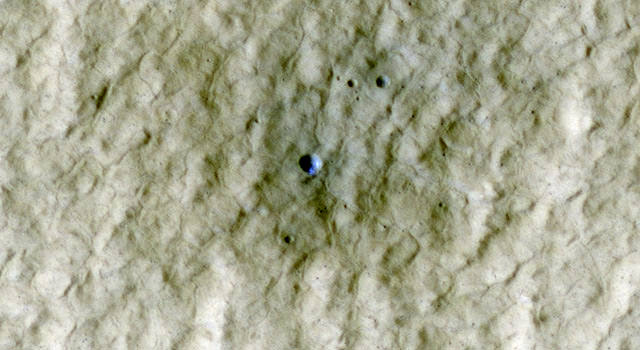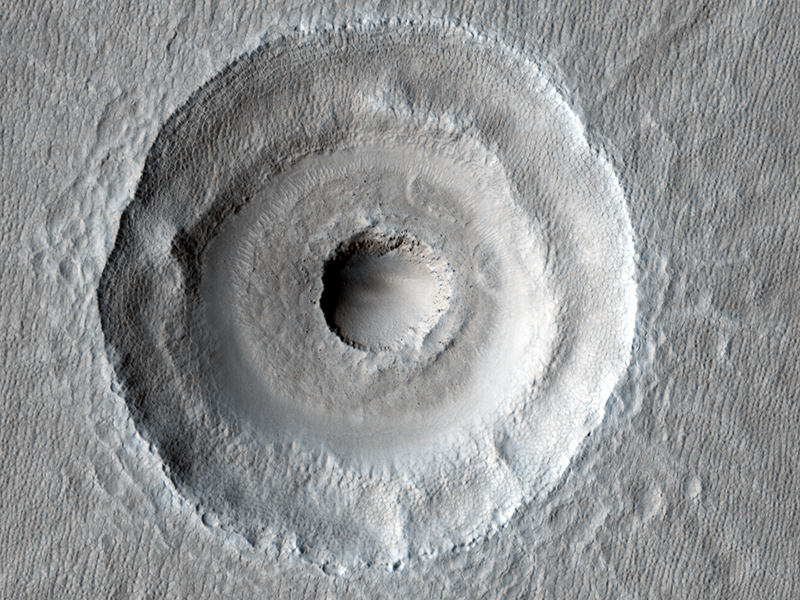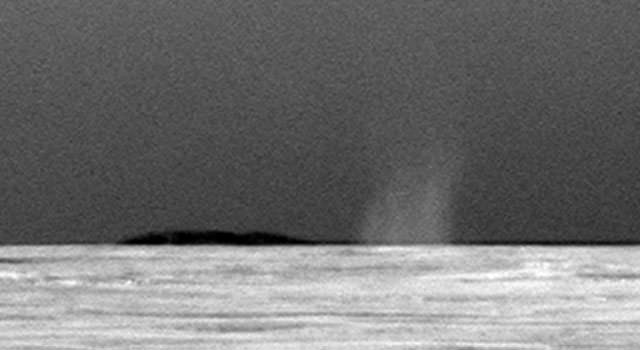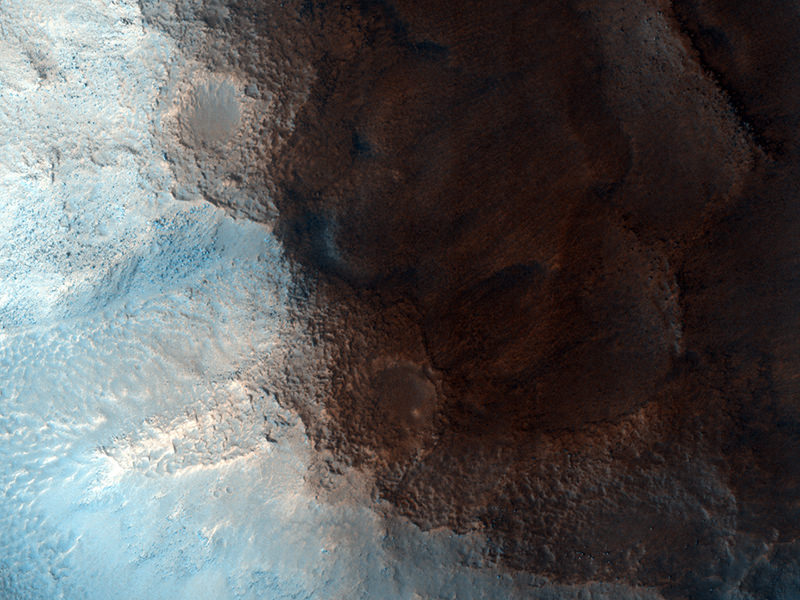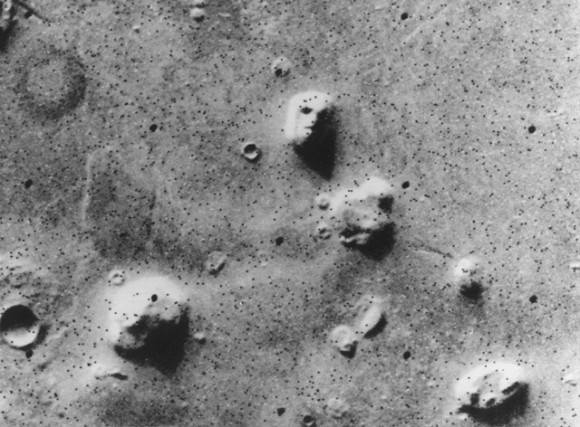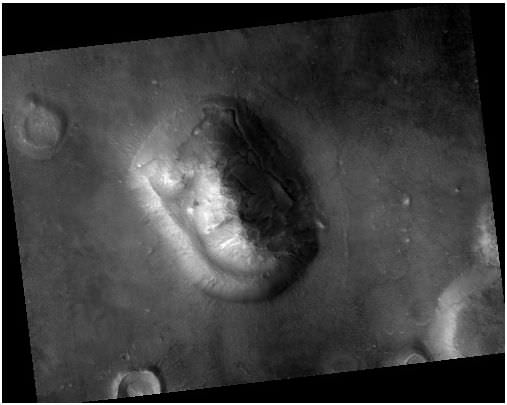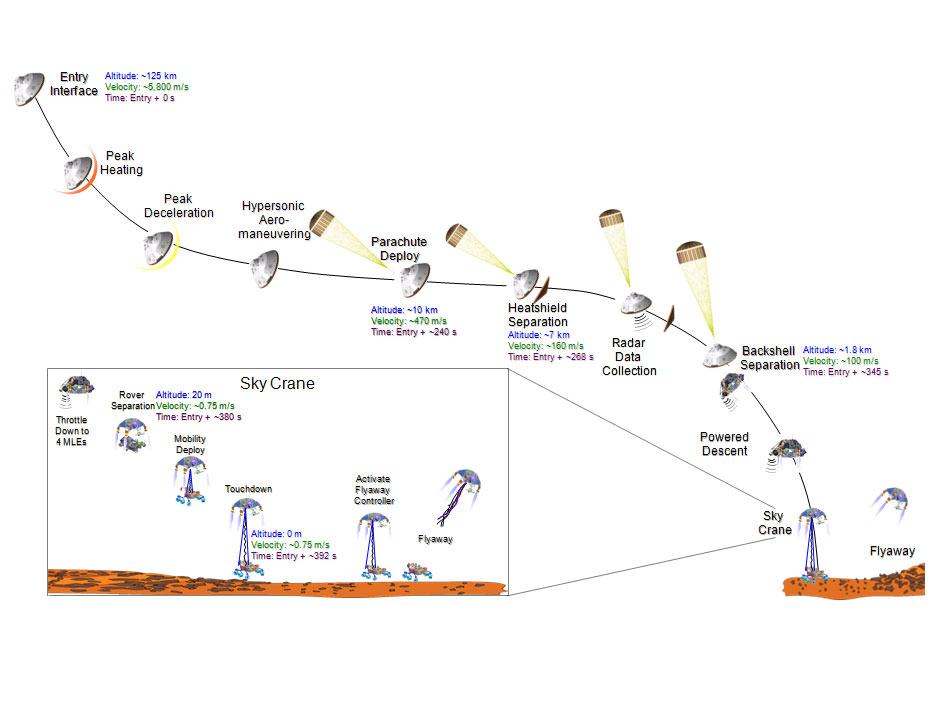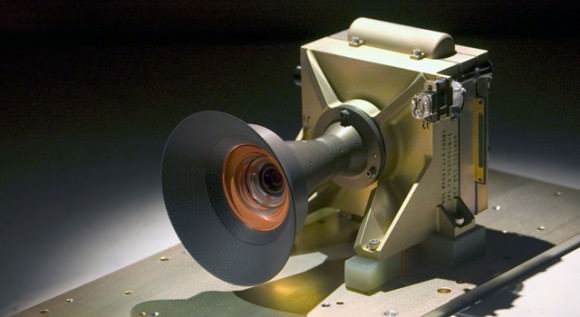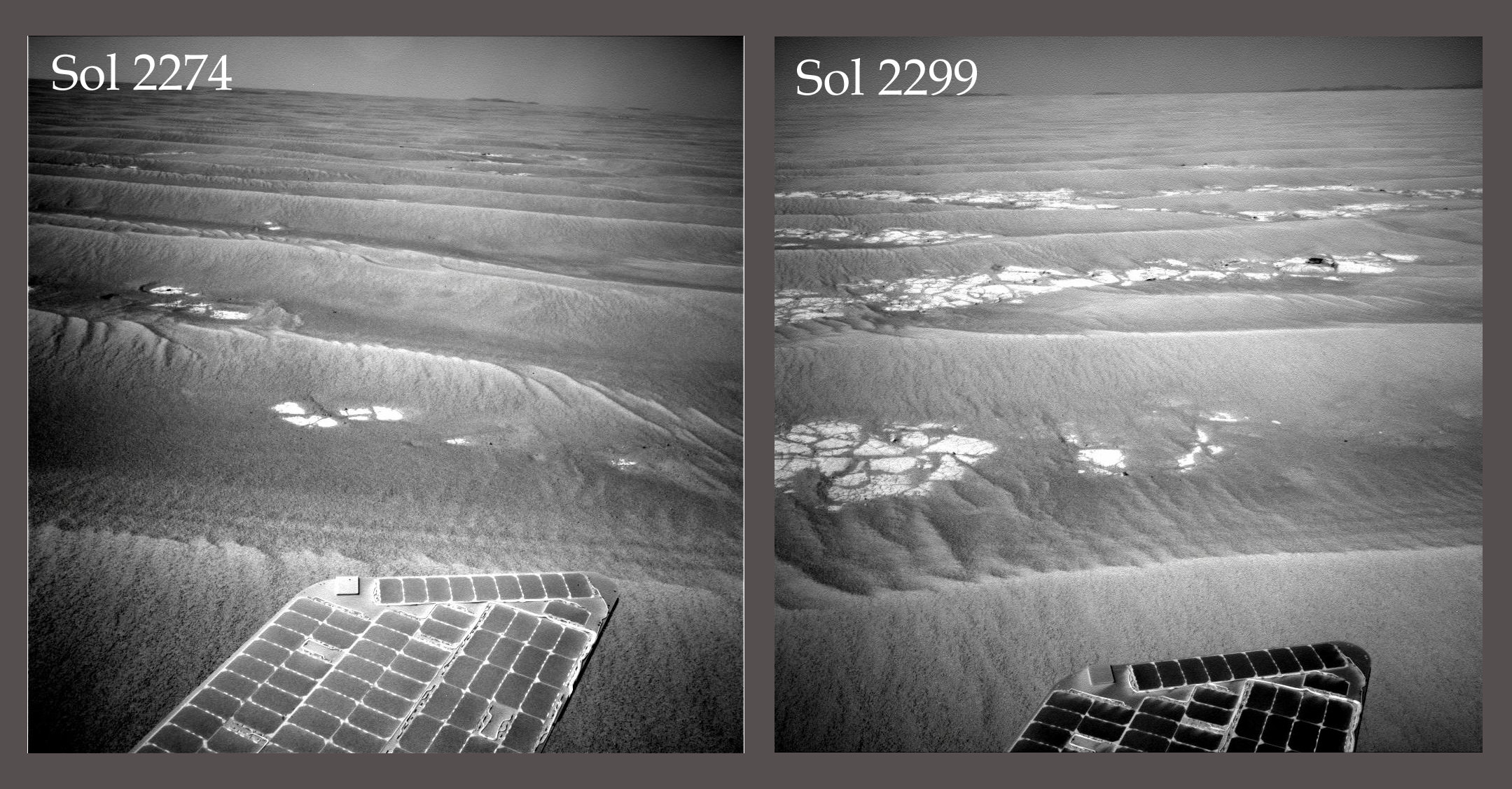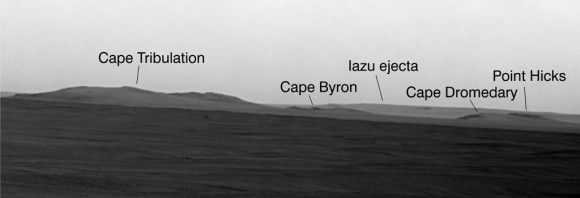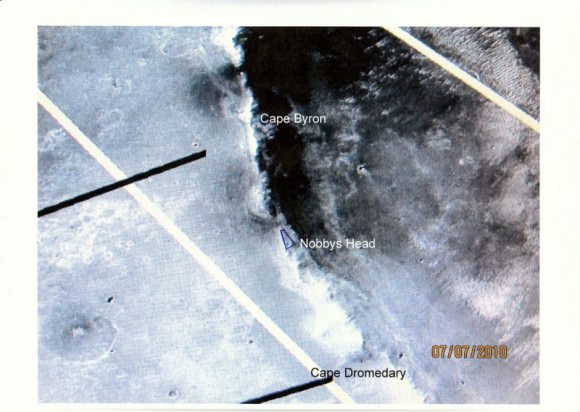[/caption]
I wasn’t going to write an article about the Mars-Moon Hoax this year because I thought it was too passé — we’ve written articles about this email-circulated fallacy every year since 2003 and another article would be like beating a dead horse because surely, there’s no one out there anymore that actually believes Mars can look as big as the full Moon.
But I just looked at some stats and saw that our article on the topic from 2007, “Will Mars Look as Big as the Full Moon On August 27? Nope” has gotten like a gazillion hits the past few days, so obviously people are Googling the topic, wondering if Mars will look as big as the full Moon tonight.
Short answer: No. If you looked at the night sky last night, Mars was not as big as the full Moon then, and it won’t be that big tonight. Moreover, it won’t be that big, ever. It is impossible for Mars to ever look as big as the full Moon. And this year (2010) in August, Mars is just barely visible, as a faint object low in the west after sunset. Take a look at the sky chart above from EarthSky.org which shows you where it is. And you can read more about Mars in 2010 at the EarthSky.org website, which is a great resource for all sorts of science topics and is written by some of the world’s top scientists.
The confusion arises from an erroneous and completely hoaxy email that started in 2003 when Mars was about as close to Earth it will ever get, but still, it was very far away, about 55,758,006 kilometers (34,646,418 miles). It did not look as big as the full Moon then, and it certainly never will. Take a look at JPL’s blog post, “Five Things About Viewing Mars in August” written by outreach specialist Jane Houston Jones. She writes:
“The moon is one-quarter the size of Earth and is relatively close — only about 384,000 kilometers (about 239,000 miles) away. On the other hand, Mars is one-half the size of Earth and it orbits the sun 1-1/2 times farther out than Earth’s orbit. The closest it ever gets to Earth is at opposition every 26 months. The last Mars opposition was in January and the next one is in March 2011.
At opposition, Mars will be 101 million kilometers (63 million miles) from Earth, almost twice as far as in 2003. So from that distance, Mars could never look the same as our moon.”
NASA usually writes an article about this every year as well — and this year it is called “The Mutating Mars Hoax.”
Every year, Universe Today has been debunking the erroneous email that has been going around since 2003. If you’d like to look back, here are a few: 2009, 2008, 2007, 2006, and 2005. If you don’t believe Fraser and me, Phil Plait the Bad Astronomer debunks the email here, here , here, and here’s the original one back in 2003.
And by the way, I stole the title for this article from my friend Rob Sparks, who said on Twitter this morning, “Today’s the day Mars won’t look as big as the full Moon.” He wrote a great blog post about the Mars-Moon hoax on his “Half-Astrophysics” blog.
So, yes, tonight is the night Mars will NOT look as big as the full Moon, and that goes for every other night, as well.
Just remember, you can’t always believe everything you read in a forwarded email!


